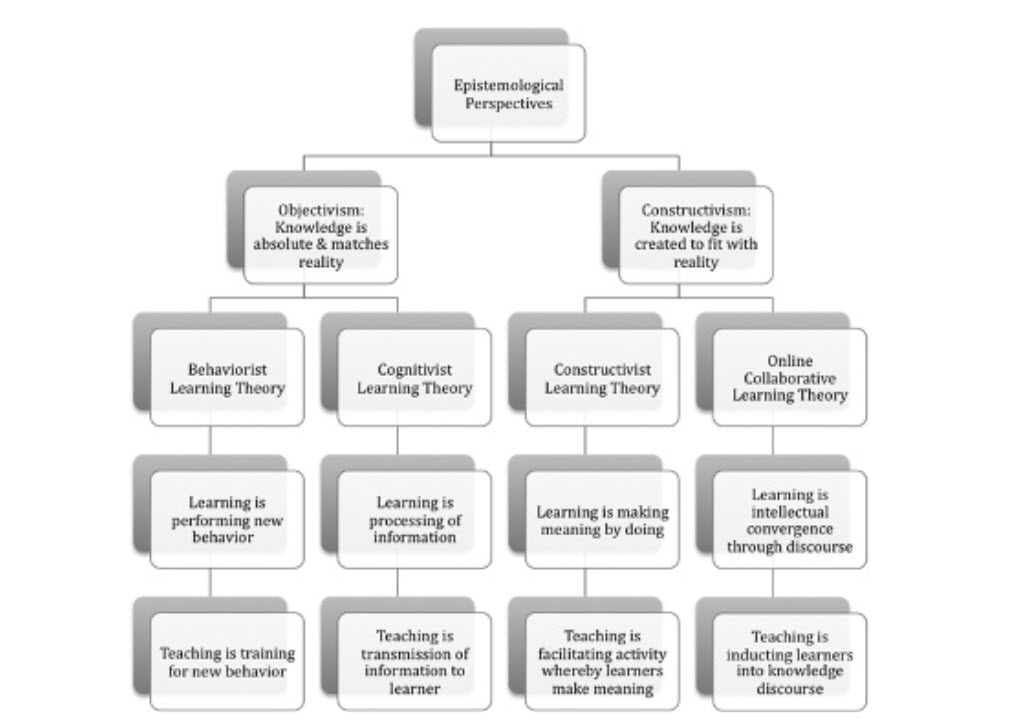Brief Synthesis of FLOd 2019
A word on the meaning of online teaching
“Teaching online happens on a continuum, where the web technology used in teaching determines the degree to which specific parts of the teaching happen in virtual environments (1). At one end of this continuum, teaching online could relate to something as simple as the use of a forum as a course communication tool, while at the other end, teaching is delivered completely online utilizing digital tools to share teaching resources, collaborate among participants, and evaluate the learning progress. The term online teaching, however, is generally used to refer to teaching which is delivered primarily or entirely in a virtual environment. Everything in between the two end points on the continuum—i.e., all teaching scenarios that are not exclusively delivered in a face-to-face classroom or completely through a virtual learning environment—can be summarized under the umbrella term blended or hybrid learning, which thus means a deliberate combination of digital content and/or activities paired with in-class instruction” (Weilandt, Connolly & Lima, 2019).
A competent transition into the online modality
Online and/ or blended offerings of academic courses require specific considerations relating to their pedagogical design. Owing to the fact that instructors have fewer means to directly prompt and encourage online students, motivation has to be transmitted through the online interactions between the instructors and students with their peers, through the content and through the learning environment. Pedagogical decisions often spontaneously made in traditional face-to-face settings will need to be planned in detail and ahead of the actual course start date for courses that are fully or partially delivered online.
As online instructors, you will need to not only be aware, but be able to competently transition between your different roles in the online environment:
Connecting Learning Theory to Instructional Design
Online teaching asks of university professors and instructors to understand what pedagogical approaches, principles and practices allow for optimal use of online technologies to enhance the online learning experiences for the students.
In planning the pedagogical process, in carrying it out and reflecting on it afterwards, instructors make normative and prescriptive decisions. Many of these decisions depend on the instructors understanding of learning (Uljens, 1997, p. 3). Thus, the exploration and reflection on prominent pedagogical practices and principles, educational theory and views of learning can prove useful when wanting to determine the most applicable approaches and methods for specific teaching intentions.

Timeline
Below you will find a timeline illustrating the chronological development of learning theory. You can scroll through the individual parts by either dragging the items with the mouse to the left or using the navigation arrows on the sides of each entry.
Central Questions
The hotspots in the visual below contain the answers to three of the central five question framework for elaborating a learning theory by Ertmer and Newby’s (1993). You can access the information by clicking on the individual hotspots.
What do you value in teaching a(n online) course?
Clicking on the following link will allow you to download a document that contains a suggestion for pedagogical aspects that can describe the online course you are about to design/ revamp. While looking at the document, we recommend you choose however many aspects that reflect your vision of the online course in question. The selection can guide you in the process of your course design.
Example FLOd or f
ask Glenda to blacken out the part Residential School and Dayschools
OULDI_Pedagogic_Aspects_v8_Release
Setting Significant Course Outcomes
Setting outcomes is an essential step in the design of an online course since it will help you frame the behavioural attitudes, competencies, knowledge and skills you want your students to build on or develop. To do so you will need to understand where your own course fits within the greater unit of the program (course and program level), who your learners are (learner profile) and what would like your students to know/ think/ do by the end of the course. If applicable, you might choose to align your course outcomes with the professional standards set for your discipline.
The U of Alberta Learning Outcomes Guide (2018, p. 21) states that learning outcomes:
- define what students will be able to do in the time given and using the materials provided.
- state the specific behaviour that students are expected to demonstrate (using a measurable/ assessable verb); and
- can be assessed.
Articulating the learning outcomes will help you define what your online course is and what it is not. It will also help you determine:
- the content that needs to be covered,
- the learning resources that need to be provided,
- the order and purpose of specific learning activities,
- the most effective methods to asses student learning.
Please refer to Section 4 in the U of Alberta Guide to assist you in the writing of your online course goals and outcomes.
Backward Design
Once the course outcomes are defined, you can apply the Backward Design Approach (Wiggins and McTighe, 2005) to align the course and unit goals with all the activities and assessments within a course.
include
If you would like more detailed guidance in the process of designing your course, you will find Dee Fink Self-Directed Guide to Designing Courses for Significant Learning a useful tool since it takes you through all of the steps necessary to designing an authentic and coherent course that provides engaging and meaningful learning experiences to your online students.


